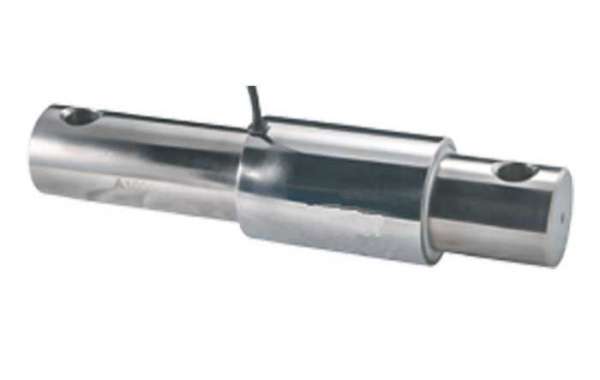Although the shear beam load cells look very sturdy, they contain sophisticated sensing devices and can easily be damaged by misoperation. When choosing a shear beam load cell for your application, keep the following points in mind:
1. In terms of type and environmental compatibility, choose the correct shear beam load cell for the application.
2. Choose the right capacity. Divide the total load (active load plus static load) by the number of supports, and then select a load cell with a load capacity just greater than this number. For closed applications where accuracy is critical, please call Hardy technical support for help, because in some applications, there is a 5% to 10% possibility of safe overload capacity usage.
3. Consider the required accuracy. A typical Hardy system without binding or other installation issues will have an accuracy of up to 15,000.
4. Consider the impact of the environment on accuracy (wind, friction, thermal expansion, connecting wires or pipes).
5. Design appropriate overload/underload protection and protection from other mechanical damage (for example, physical or mechanical abuse, rodent problems, etc.).
6. Before installation, please use virtual load cell. After all welding is completed, please wait for the load cell to be installed.
7. Beware of impact loads. These can have a high impact, and short-duration events can easily cause permanent damage.
8. Before and during installation, please store and transport the shear beam load cell carefully.
9. Use high-quality bolts with the recommended torque, and use anti-sticking agent on each bolt thread. When installing the shear beam load cell, do not use washers on the two load cell bolts. There is no problem on the mount.
10. Check the surface to be connected to the shear beam load cell. It should be flat, clean, level, and able to withstand the load.
11. Before connecting, please check the cable color code of the shear beam load cell, especially when using HardyC2® second-generation calibration load cell. A color code label is usually affixed to the end of the load cell cable.
12. Use high-quality terminal blocks and junction boxes.
13. Protect the cable of the shear beam load cell and keep the cable routing away from any other cables that can withstand voltages above 50 volts. It is best to use a conduit dedicated to the load cell cable.
14. Check your shear beam load cell and weighing system regularly, especially after extreme weather conditions (thunderstorms, floods, seismic activity, etc.) and before and after seasonal changes.
15. Check for corrosion damage to the shear beam load cell and mounting hardware.
scale sensor is also our product, welcome to consult and purchase.







